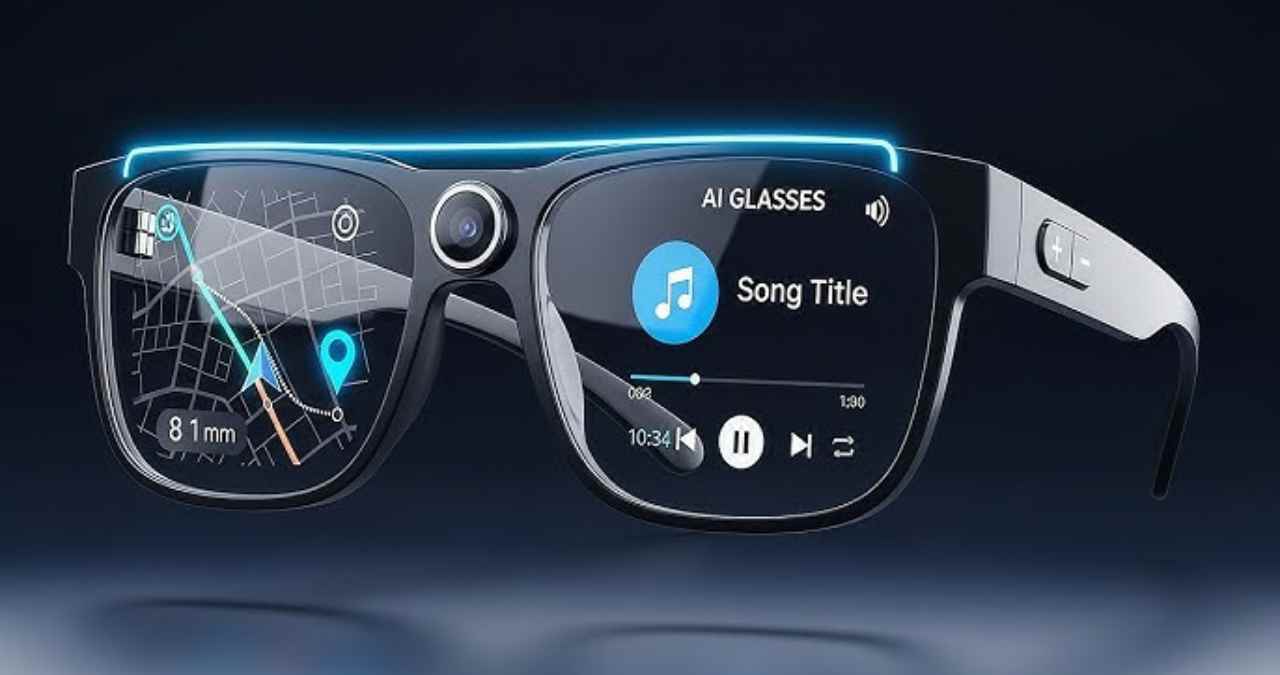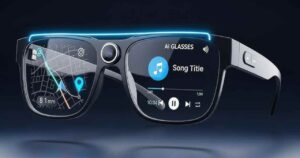Researchers at Meta and Stanford just showed off a prototype that tackles two of AR’s biggest hurdles: display depth and device size. This isn’t another bulky headset or overhyped render. It’s a real pair of glasses using a functional holographic display system, with hardware that’s almost thin enough to pass as normal eyewear.
While still in the experimental stage, the prototype suggests where lightweight mixed reality devices might actually be heading, especially for users who want depth-rich visuals without strapping a computer to their face.
Real Holography, Not Just Projection
Most current AR headsets simulate depth using stereoscopic tricks, but this system creates a true holographic image — meaning it reconstructs the light itself. That allows for much more accurate focus cues and depth perception, which matters if you’re looking to overlay digital objects in the real world without visual fatigue.
This kind of holography doesn’t rely on screens in the traditional sense. Instead, it uses waveguides and complex light manipulation to shape how visuals appear in space. The result is a display that doesn’t just float in front of your eyes, but behaves more like it belongs there.
The trade-off is complexity. Holographic displays at this scale are notoriously difficult to manufacture and power, so the fact that this one fits into a glasses-like form factor is a meaningful step forward.
The Hardware Is Actually Slim
Most AR glasses are still stuck in the “slightly smaller headset” category. This prototype doesn’t look like that. It’s thin. Not just compared to a Quest or HoloLens, but even compared to most current AR smart glasses that rely on reflectors and projectors.
The prototype manages this by offloading some processing and using flat optics that don’t require deep casing. The lenses are wafer-thin, with an external driver box handling power and computation. It’s not standalone yet, but the form factor alone is what makes this demo stand out.
If future versions can embed more hardware without bloating the size, this could start to resemble something people might actually wear outside a lab.
Still Early, But Clearly Targeting Usability
The prototype isn’t ready for mass production. Visual fidelity is limited, and the system still needs tethering for processing. There’s no input method beyond test software, and battery life isn’t even in the conversation yet.
But that’s not really the point. The project’s focus is on proving that full holographic display tech can be miniaturized into something that looks and feels like glasses. The long-term goal seems less about cramming more features into goggles and more about making AR wearable in a literal, everyday sense.
It also hints at where companies like Meta are steering their research. While the Quest line handles VR and mixed reality through passthrough, this is a separate track entirely — one where the digital world blends into the real one optically, not virtually.
Where This Fits in the AR Landscape
Right now, the AR space is divided between practical devices that look okay but do little, and powerful headsets that look nothing like regular eyewear. This prototype aims for both: compact, human-friendly design and real visual depth.
If that gap can be closed with more iterations, it could finally shift AR from a developer playground into something users might adopt at scale. We’re not there yet, but this project moves the idea of usable holographic glasses from fantasy to blueprint.
In a field full of promises and vaporware, the Meta–Stanford glasses are notable for being a working physical object. Whether or not they become a product, they show a version of AR that’s more about subtle presence than spectacle — and that’s a space still wide open.
Virtual Reality Explorer & Game Reviewer
Always the first to plug in. VRSCOUT dives head-first into the most immersive VR worlds, analyzing mechanics, comfort, innovation, and that elusive “presence” factor. If he says it’s worth it, it probably is.




